How to Use Models to Decompose Fractions into Unit Fractions?
Using models to decompose fractions into unit fractions can help you visualize the process and better understand the relationships between fractions.

A Step-by-step guide to using models to decompose fractions into unit fractions
Unit fractions are rational numbers written down as fractions where their numerator is \(1\) and their denominator is a positive integer.
Decomposing fractions into unit fractions can be a helpful way to break down more complex fractions into simpler components. A unit fraction is a fraction where the numerator is 1, and the denominator is a positive integer. Here’s a step-by-step guide to using models to decompose fractions into unit fractions:
Step 1: Choose the fraction to decompose
Select the fraction you want to decompose. For this example, let’s use \(\frac{3}{4}\).
Step 2: Create a model
Draw a rectangle or circle to represent the whole. For our example, we’ll draw a rectangle. Divide the rectangle into equal parts based on the denominator of the fraction (in this case, 4 parts). Shade the number of parts equal to the numerator (in this case, shade 3 parts).
Step 3: Identify unit fractions
Now that you have a visual representation of the fraction, you can see that each part represents a unit fraction. In our example, each part represents \(\frac{1}{4}\), since the rectangle is divided into 4 equal parts.
Step 4: Write the decomposition
Write the decomposition of the fraction as the sum of the unit fractions that make it up. In our example, we have: \(\frac{3}{4} = \frac{1}{4}+ \frac{1}{4} + \frac{1}{4}\)
Step 5: Confirm the result
Make sure that the sum of the unit fractions equals the original fraction. In our example, we can see that \(\frac{1}{4} + \frac{1}{4} + \frac{1}{4} = \frac{3}{4}\), confirming that our decomposition is correct.
Keep in mind that there can be multiple valid decompositions for a given fraction. For example, \(\frac{3}{4}\) can also be decomposed into \(\frac{1}{2} + \frac{1}{4}\), as both of these unit fractions sum to the original fraction. Models can help you visualize and understand different ways to decompose fractions into unit fractions.
Related to This Article
More math articles
- How to Add Mixed Numbers? (+FREE Worksheet!)
- 6th Grade MEA Math Worksheets: FREE & Printable
- Top 10 7th Grade ACT Aspire Math Practice Questions
- The Ultimate PERT Math Course (+FREE Worksheets & Tests)
- A Comprehensive Collection of Free ALEKS Math Practice Tests
- Best Math Websites for Students
- 3rd Grade Common Core Math Practice Test Questions
- How to Use Number Lines to Identify Equivalent Fractions?
- Top 10 Free Websites for CLEP College Math Preparation
- SSAT Middle Level Math FREE Sample Practice Questions
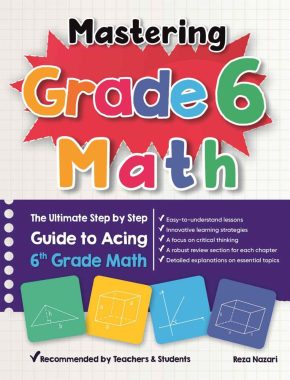
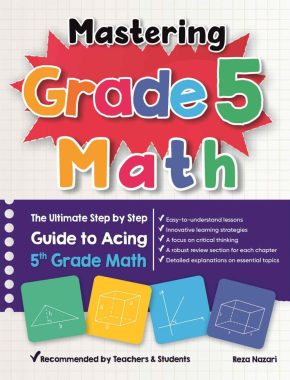
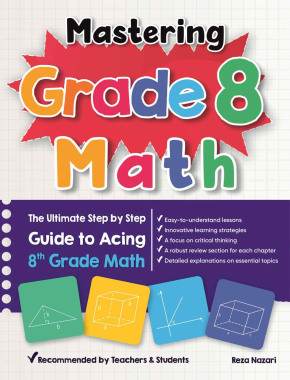
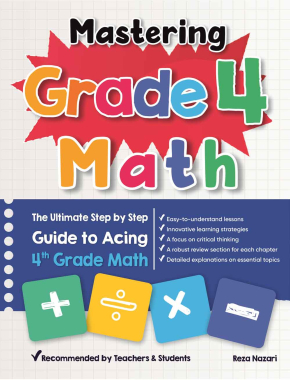
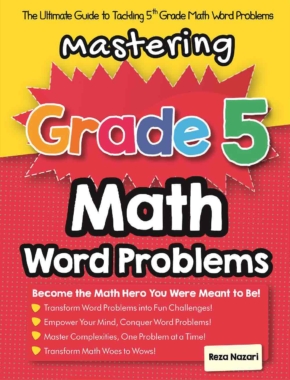
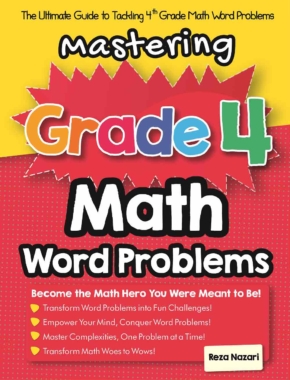


What people say about "How to Use Models to Decompose Fractions into Unit Fractions? - Effortless Math: We Help Students Learn to LOVE Mathematics"?
No one replied yet.